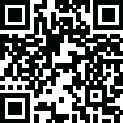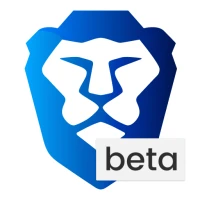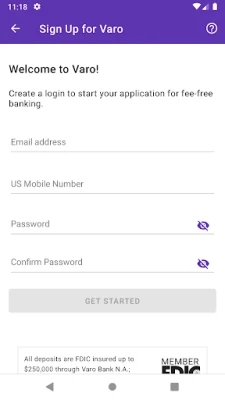
Latest Version
1.0.0
November 17, 2024
Varo Bank, N.A.
Finance
Android
0
Free
com.varomoney.bank.uat
Report a Problem
More About Varo Bank UAT
Maximizing Efficiency in User Acceptance Testing with Targeted Applications
User Acceptance Testing (UAT) is a critical phase in the software development lifecycle, ensuring that the final product meets user requirements and expectations. To streamline this process, specialized applications have emerged, specifically designed to enhance the UAT environment. This article explores how these targeted applications can significantly improve the efficiency and effectiveness of User Acceptance Testing.
Understanding User Acceptance Testing (UAT)
User Acceptance Testing is the final testing phase before a software product goes live. It involves real users testing the software to validate its functionality, usability, and compatibility with business needs. The primary goal of UAT is to identify any issues that may affect user experience and to ensure that the software meets the specified requirements.
The Role of Targeted Applications in UAT
Targeted applications play a pivotal role in the UAT environment. These tools are designed to facilitate the testing process, making it more efficient and user-friendly. By focusing on the specific needs of UAT, these applications help testers and stakeholders collaborate effectively, ensuring that all aspects of the software are thoroughly evaluated.
Key Features of UAT Targeted Applications
- Intuitive User Interface: A user-friendly interface allows testers to navigate the application easily, reducing the learning curve and enabling them to focus on testing rather than figuring out how to use the tool.
- Real-Time Collaboration: Many targeted applications offer real-time collaboration features, allowing team members to communicate and share feedback instantly. This fosters a more dynamic testing environment.
- Comprehensive Reporting: Effective UAT applications provide detailed reporting capabilities, enabling teams to track issues, monitor progress, and generate insights that inform future development cycles.
- Customizable Testing Scenarios: The ability to create and customize testing scenarios ensures that the application can adapt to various user requirements and business contexts.
Benefits of Using Targeted Applications for UAT
Implementing targeted applications in the UAT process offers numerous benefits that can enhance the overall quality of the software product.
1. Improved Efficiency
By automating repetitive tasks and streamlining workflows, targeted applications significantly reduce the time required for testing. This efficiency allows teams to focus on critical testing activities, leading to faster project completion.
2. Enhanced Accuracy
Automated testing features minimize human error, ensuring that the testing process is more accurate. This accuracy is crucial for identifying potential issues before the software is released to end-users.
3. Better User Feedback
Targeted applications facilitate the collection of user feedback during the testing phase. This feedback is invaluable for making necessary adjustments and improvements, ultimately leading to a better user experience.
4. Increased Stakeholder Engagement
With real-time collaboration tools, stakeholders can stay engaged throughout the UAT process. This involvement ensures that their expectations are met and that any concerns are addressed promptly.
Choosing the Right UAT Application
When selecting a targeted application for User Acceptance Testing, consider the following factors:
- Compatibility: Ensure that the application integrates seamlessly with existing tools and systems used by your team.
- Scalability: Choose an application that can grow with your organization and adapt to changing testing needs.
- Support and Training: Look for vendors that offer comprehensive support and training resources to help your team maximize the application's potential.
Conclusion
Targeted applications for User Acceptance Testing are essential tools that can transform the testing process. By improving efficiency, accuracy, and user engagement, these applications help ensure that software products meet user expectations and business requirements. As organizations continue to prioritize user experience, investing in the right UAT application will be crucial for success in the competitive software landscape.
Rate the App
User Reviews
Popular Apps










Editor's Choice



























